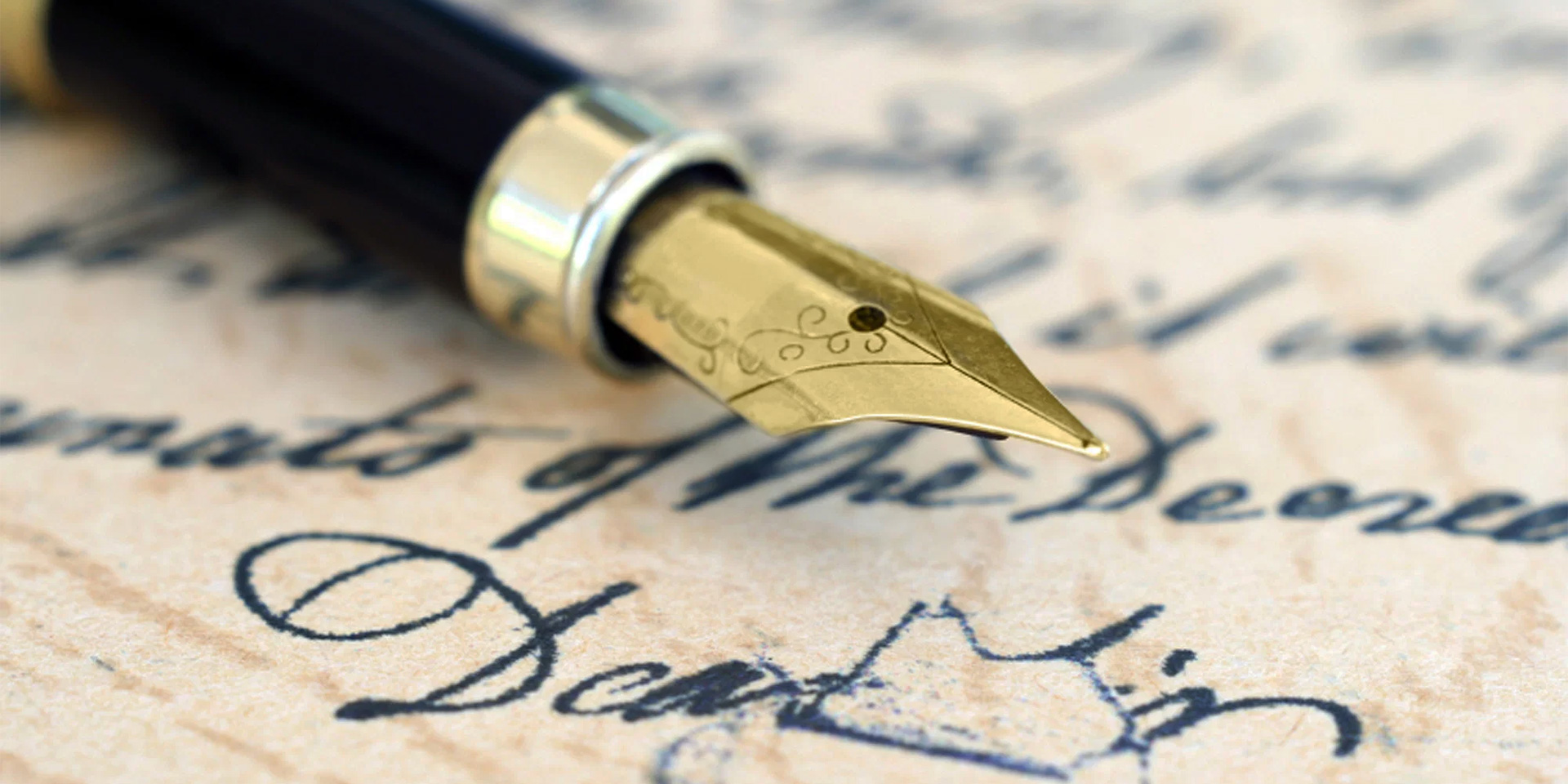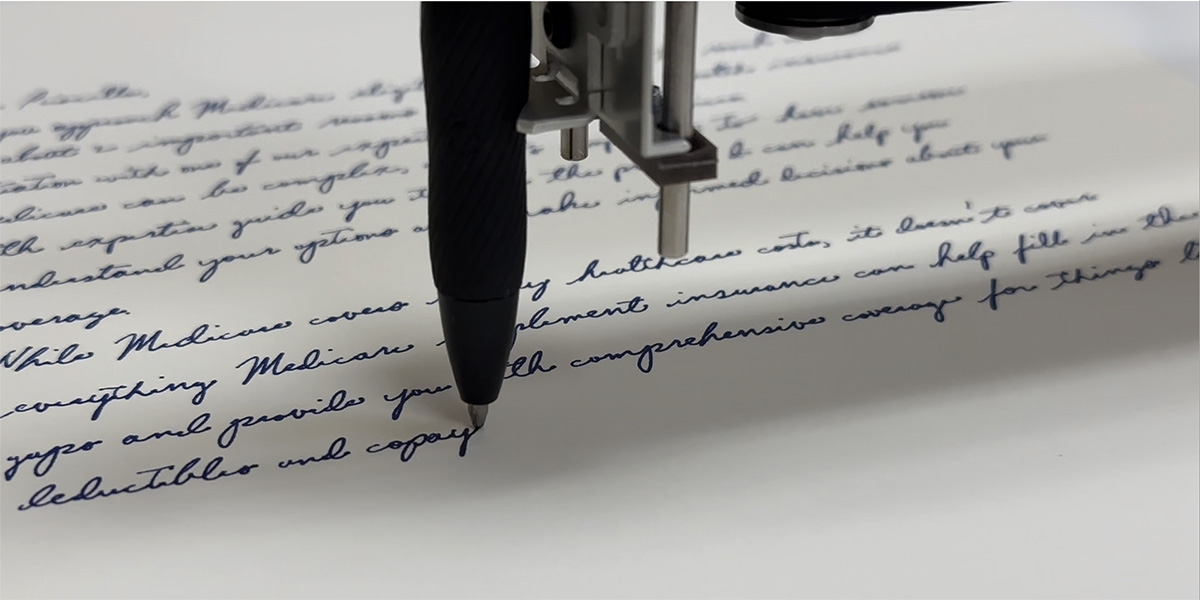
Precision and personal touch are both essential aspects of penmanship and typography. Precision ensures that your writing or typography is clear, legible, and professional, while a personal touch adds a unique, memorable flair that sets your work apart.
In penmanship, precision involves maintaining consistent spacing between letters, proper alignment, and accurate kerning. Techniques to improve precision include practicing regularly, using grids and guidelines, and paying close attention to detail. On the other hand, incorporating a personal touch in penmanship can be achieved through developing a unique handwriting style, experimenting with different writing instruments, and adding creative flourishes.
In typography, precision is vital for conveying information clearly and avoiding confusion. This can be achieved by ensuring accurate spacing, alignment, and kerning between characters. Personal touch in typography can be added through custom fonts, colors, and layouts that make your work stand out and visually engaging.
Neglecting precision and personal touch in penmanship and typography can lead to confusion, lack of engagement, and difficulty in establishing a strong brand identity. Similarly, neglecting your credit report can result in financial mismanagement and errors. Staying proactive and informed about both aspects can help ensure success and maintain a strong personal brand.
To improve your penmanship and typography skills, regularly update and refine your techniques, just as you would monitor and update your credit report to maintain financial health and stability. Both precision and personal touch play a significant role in establishing a strong brand identity in penmanship and typography, as well as in your personal finances.
Why Is Precision Crucial In Penmanship And Typography?
The importance of precision and personal touch in penmanship and typography lies in the ability to convey emotions, ideas, and messages with clarity and style.
Precision is crucial in penmanship and typography because it ensures that the written or typed content is easily understood by the reader. This is particularly important in professional settings, where clear communication is vital for success. When writing or designing with precision, attention is paid to letter spacing, kerning, and alignment, which all contribute to a polished final product.
Personal touch, on the other hand, adds a unique flair to penmanship and typography. This can be seen in the way an individual’s handwriting has its own distinct style, or in the way a typographer chooses specific fonts and designs to evoke certain emotions or convey a particular message. Personal touch also plays a significant role in branding and identity, as it helps differentiate one’s work from others in the field.
In essence, precision and personal touch are both essential in penmanship and typography, as they allow for clear communication and expression of ideas. By combining these elements, writers and designers can create content that is not only easily understood but also visually appealing and engaging.
How Does Personal Touch Impact The Effectiveness Of Penmanship And Typography?

The importance of precision and personal touch in penmanship and typography lies in their ability to create a unique and memorable visual experience. Precision ensures that the written or designed content is legible, accurate, and professional, while personal touch adds a sense of individuality and emotion to the work.
In penmanship, precision is vital as it helps convey the intended message clearly and accurately. It also demonstrates the writer’s skill and attention to detail, which can leave a lasting impression on the reader. Personal touch, on the other hand, can evoke emotions and create a connection between the writer and the reader, making the content more engaging and memorable.
In typography, precision is essential for maintaining consistency in font choice, spacing, and alignment. This ensures that the content is easy to read and visually appealing. Personal touch in typography can be seen in the choice of unique fonts, layouts, and design elements that reflect the brand or message’s personality.
Both precision and personal touch are crucial in penmanship and typography because they contribute to the overall effectiveness of the work. They help create a strong, unique, and engaging visual experience that can leave a lasting impression on the reader. By combining precision and personal touch, creators can produce content that is both professional and emotionally resonant, making it more effective in achieving its intended purpose.
What Are Some Techniques To Improve Precision In Penmanship And Typography?
The importance of precision and personal touch in penmanship and typography lies in the fact that they are crucial elements in creating visually appealing, easily readable, and professional-looking handwriting and text.
Precision in penmanship and typography ensures that letters, words, and sentences are written or designed accurately and consistently. This contributes to better legibility and a more polished appearance. On the other hand, the personal touch brings a unique and creative element to one’s writing, making it more expressive and engaging.
To improve precision in penmanship and typography, consider the following techniques:
- Practice regularly: Consistent practice helps refine your handwriting and typography skills, making them more precise over time.
- Focus on letter formation: Ensure each letter is formed correctly, with proper spacing and alignment. This will lead to more consistent and accurate writing.
- Use a consistent writing instrument: Choose a pen or pencil with a fine tip that allows for smooth, controlled strokes, which will enhance precision.
- Study and emulate the styles of others: Observing and learning from the penmanship and typography of others can provide valuable insights and techniques to improve your own skills.
- Seek feedback: Share your work with others and ask for constructive criticism to identify areas where you can improve your precision and personal touch.
Incorporating these techniques into your penmanship and typography practices will lead to greater precision and a more personalized touch, resulting in a more polished and visually appealing final product.
How Can Incorporating Personal Touch Enhance The Overall Design Of Penmanship And Typography?

The importance of precision and personal touch in penmanship and typography lies in their ability to convey emotion, uniqueness, and professionalism. In penmanship, precision refers to the accuracy and control of each stroke, while personal touch refers to the individuality and character that a writer brings to their handwriting. Similarly, in typography, precision ensures that text is legible and well-spaced, while a personal touch can add flair and creativity to the design.
Incorporating personal touch in penmanship and typography can enhance the overall design by making it more engaging and memorable. This is particularly important in situations where a writer wants to convey a strong message, evoke emotions, or create a unique brand identity. Personalized handwriting or typography can make a document, invitation, or logo stand out from the crowd and leave a lasting impression on the reader.
To incorporate personal touch into penmanship and typography, start by practicing and refining your handwriting or typography skills. Experiment with different stroke styles, letterforms, and spacing to find what works best for you and your project. You can also seek inspiration from other writers or designers to develop your own unique style.
In addition, consider the context and purpose of your penmanship or typography project. Different situations may call for different levels of precision and personal touch. For example, a formal letter may require more precision and a conservative personal touch, while a creative project may allow for more freedom and expression.
Ultimately, the importance of precision and personal touch in penmanship and typography lies in their ability to communicate emotion, uniqueness, and professionalism. Incorporating personal touch into your work can enhance the overall design and leave a lasting impression on your audience.
What Are The Consequences Of Neglecting Precision And Personal Touch In Penmanship And Typography?
The importance of precision and personal touch in penmanship and typography lies in their ability to create an aesthetic, engaging, and easily understandable form of written communication. Precision ensures that the text is clear and legible, allowing the reader to quickly grasp the intended message. Personal touch, on the other hand, adds a sense of uniqueness and emotion to the writing, making it more memorable and relatable.
Neglecting precision and personal touch in penmanship and typography can lead to several consequences. Firstly, it may make the text difficult to read, which can result in misunderstandings or confusion among the readers. Secondly, it can diminish the overall appeal of the written work, making it less engaging and less likely to be shared or appreciated by others. Finally, it may also hinder effective communication, as the intended message may not be clearly conveyed due to a lack of attention to detail and emotional expression.
To ensure that your penmanship and typography are effective, it is crucial to prioritize both precision and personal touch. Start by practicing proper penmanship techniques to ensure legibility and clarity. Additionally, consider incorporating elements of personal style, such as unique lettering or font choices, to add a touch of emotion and individuality to your writing. By doing so, you can create a more visually appealing and engaging piece of writing that is easier to understand and more likely to be appreciated by your audience.